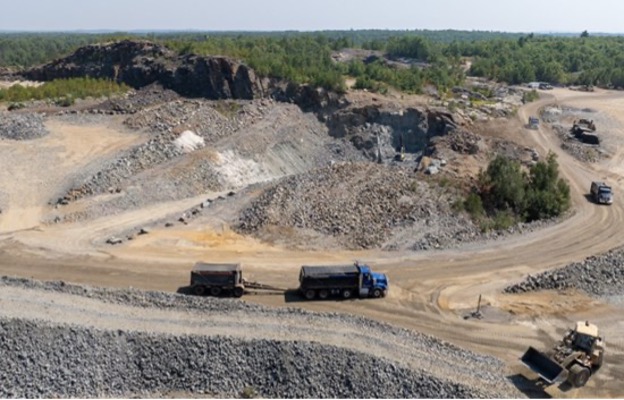Sign up for daily news updates from CleanTechnica on email. Or follow us on Google News!

Scientists at Oak Ridge National Laboratory are using a new modeling framework in conjunction with data collected from marshes in the Mississippi Delta to improve predictions of climate-warming methane and nitrous oxide emissions from soils in coastal ecosystems.
Underlying processes such as sulfur cycling and influences like salinity in these waterlogged wetland soils drive how quickly organic matter is broken down and how much is converted into methane, a gas 28 times more potent than carbon dioxide at warming the atmosphere.
“We developed this chemical reaction framework that includes a lot of different reactions,” said ORNL researcher Benjamin Sulman. “This model established that methane fluxes from bubbles are highly variable and account for a large fraction of total fluctuations.”
Incorporating these biogeochemical processes into the land module of the DOE Energy Exascale Earth System Model will depict global methane fluctuations more accurately.
Courtesy of Oak Ridge National Laboratory. By Gabriela Vara
Have a tip for CleanTechnica? Want to advertise? Want to suggest a guest for our CleanTech Talk podcast? Contact us here.
Latest CleanTechnica TV Video
I don’t like paywalls. You don’t like paywalls. Who likes paywalls? Here at CleanTechnica, we implemented a limited paywall for a while, but it always felt wrong — and it was always tough to decide what we should put behind there. In theory, your most exclusive and best content goes behind a paywall. But then fewer people read it!! So, we’ve decided to completely nix paywalls here at CleanTechnica. But…
Thank you!
CleanTechnica uses affiliate links. See our policy here.




